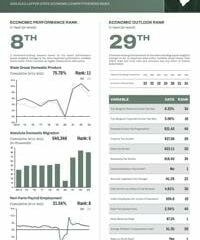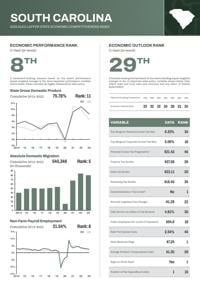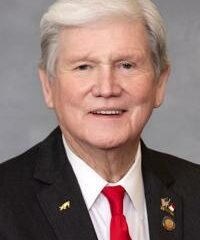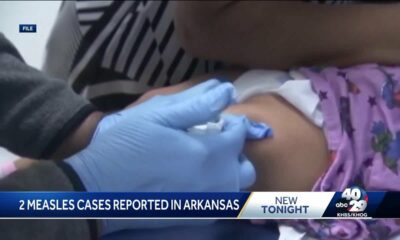(The Center Square) – Texas counties saw a massive influx of residents from July 2023 to 2024, according to newly released data from the U.S. Census Bureau. Four of the top 10 counties reporting the greatest numeric growth and the greatest percentage growth were in Texas, according to the data.
Texas’ Harris County reported the greatest population growth last year in the U.S. While it reported gains, the top two most populous counties, Los Angeles and Cook, reported losses.
Top counties reporting the greatest numeric growth were Harris (105,852), Miami-Dade, FL (64,211), Maricopa, AZ (57,471), Collin, TX (46,694), Clark, NV (44,586), King, WA (43,398), Cook, IL (40,095), Broward, FL (34,686), Montgomery, TX (34,268) and Tarrant, TX (32,793).
Of the top 10 counties reporting the greatest growth by percentage, four also were in Texas.
The top 10 were Dawson, GA (6.4%), Kaufman, TX (6%), Jasper, SC (5.9%), Jackson, GA (5.8%), Pinal, AZ (5.6%), Liberty, TX (5.4%), Montgomery, TX (4.8%), Osceola, FL (4.7%), Caldwell, TX (4.6%) and Hendry, FL (4.6%).
Overall, the 10 most populous counties as of July 1, 2024, were Los Angeles, Cook, Harris, Maricopa, San Diego, Orange, Miami-Dade, Dallas, Kings and Riverside. Even though Los Angeles and Cook counties had the top two population totals, they both reported losses, as did Democratic-controlled Dallas County in Texas.
While Harris remains the third most populous county in the country and most populous in Texas, its neighboring counties to the north and east, Liberty and Montgomery, reported significant growth, making the top ten nationwide. Kaufman County in the Dallas-Fort Worth Metroplex reported the greatest percentage growth in Texas. Caldwell County, south of Austin, also made the top 10 as one of the fastest growing counties in the country by percentage, according to the data.
When it comes to metro areas by numeric growth, Houston-Pasadena-The Woodlands and Dallas-Fort Worth-Arlington ranked second and third in the country adding 213,403 and 198,171 people, respectively, over the year, according to the data.
Among the top 10 metro areas reporting the most growth by percentage, Midland and Odessa ranked 8th and 9th in the country, each reporting 2.8% growth. Located in the Permian Basin in west Texas, the oil and natural gas industry based there continues to break production records in Texas and the U.S., The Center Square reported.
Over the same time period, Texas continued to lead the U.S. in oil and natural gas production, emissions reductions and employing the most workers in the industry, The Center Square reported. Texas also continues to break its own employment records every month, leading the U.S. in job creation every month and every year over the last few years, The Center Square reported.
Overall, between 2023 and 2024, the number of people living in a U.S. metro area increased by nearly 3.2 million to 293.9 million, or 1.1% growth, according to the Census data.
All 387 metro areas in the U.S. reported a positive net international migration between 2023 and 2024, which “accounted for nearly 2.7 million of the total population gain in metro areas – up from 2.2 million between 2022 and 2023,” the Census report states.
“While births continue to contribute to overall growth, rising net international migration is offsetting the ongoing net domestic outmigration we see in many of these areas,” Kristie Wilder, a Census Bureau Population Division demographer, said.
The revised Census report used current data on births, deaths and migration to calculate population changes since the 2020 Census to “produce an annual time series of estimates of population,” it says. The revised data includes population totals that changed in counties, metropolitan and micropolitan statistical areas, it says.















































